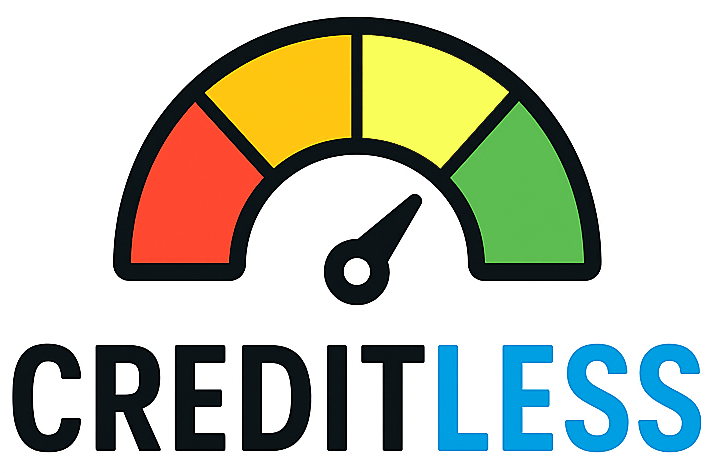When every dollar counts: the core tradeoff
Facing limited cash, you’re juggling two legitimate goals: building an emergency buffer to avoid future borrowing, and reducing existing debt that costs you interest today. Many Americans still lack an adequate emergency fund, and surveys show priorities vary — some focus on saving, some on paying down debt, and an increasing share try to do both at once.
There’s no one-size-fits-all answer. Instead, use a simple decision framework that weighs the cost of your debt, your short-term risk (ability to cover an unexpected expense), and practical constraints like income stability and access to credit.
Quick rules of thumb to guide your choice
- Start with a small “shock” buffer: If you have nothing saved, build a $500–$1,000 mini emergency fund to avoid putting small surprises on a high-rate credit card. Experts recommend larger targets (commonly three to six months of expenses) once you can afford it.
- Compare interest rates: If the interest rate on your debt (especially credit cards) is substantially higher than what you can earn in a safe savings account, prioritize extra payments on that debt — but keep the small buffer above. Average credit card APRs are in the low‑20% range while top high‑yield savings accounts pay mid‑4% APY, so carrying credit card balances often costs far more than keeping cash.
- Pay minimums always: Never skip minimum payments. Missing minimums damages credit and can trigger late fees and higher rates. Maintain required payments and then decide how to allocate extra cash.
- Prioritize high-rate, unsecured debt: If you have very high-rate debt (think 20%+ credit cards), those balances usually deserve priority once you hold a small cash buffer.
A step-by-step plan for tight budgets
Use this practical sequence if money is tight:
- Calculate a bare-bones emergency target: Work out one month’s essential expenses (rent/mortgage, utilities, groceries, insurance, minimum debt payments). Aim first for a $500–$1,000 starter fund, then scale to one month, and later to 3–6 months as circumstances allow.
- Make all minimum payments: Preserve your credit and avoid fees. While paying only minimums is costly long-term, it prevents immediate harm.
- Use the interest rule: If debt APR >> safe savings yield, funnel extra cash to the high‑interest debt (after the starter fund). If debt APR is low (e.g., some student loans or low-rate installment loans) and savings yields are competitive, you may prefer to prioritize savings and liquidity.
- Automate and re-evaluate: Automate a small recurring transfer into savings and set a fixed extra payment to the chosen debt. Revisit this plan when your income, rates, or balances change.
- Use windfalls strategically: Apply unexpected money (tax refunds, bonuses) in a split: rebuild a month’s buffer, then put remaining amounts on the highest-rate debt until you hit your next milestone.
Economy-level trends show household debt and credit-card balances have been rising, which increases the personal risk of under-saving or underpaying debt — another reason to keep a starter buffer and a clear plan.
Practical tactics and protections
Small changes add up. Consider these tactics:
- Negotiate interest rates: Call credit card issuers and ask for a lower APR; even a modest reduction can free up cash. Many cardholders succeed when asking.
- Choose a payoff method that fits you: Avalanche (highest-rate first) saves interest; snowball (smallest balance first) builds momentum. Both beat doing nothing.
- Keep emergency savings accessible but safe: Use an FDIC-insured high‑yield savings account or money market for your emergency fund — you want liquidity without market risk.
- Protect credit while rebuilding: If you must use credit in a pinch, try to pay down that balance quickly and avoid repeated reliance on new cards or payday loans.
Finally, small wins matter: automating $25–$50 per paycheck into a dedicated savings account and directing any small surplus to the highest‑rate debt creates steady progress without overwhelming your monthly budget. Over time, that combination reduces risk, lowers interest costs, and improves financial resilience for future shocks.
